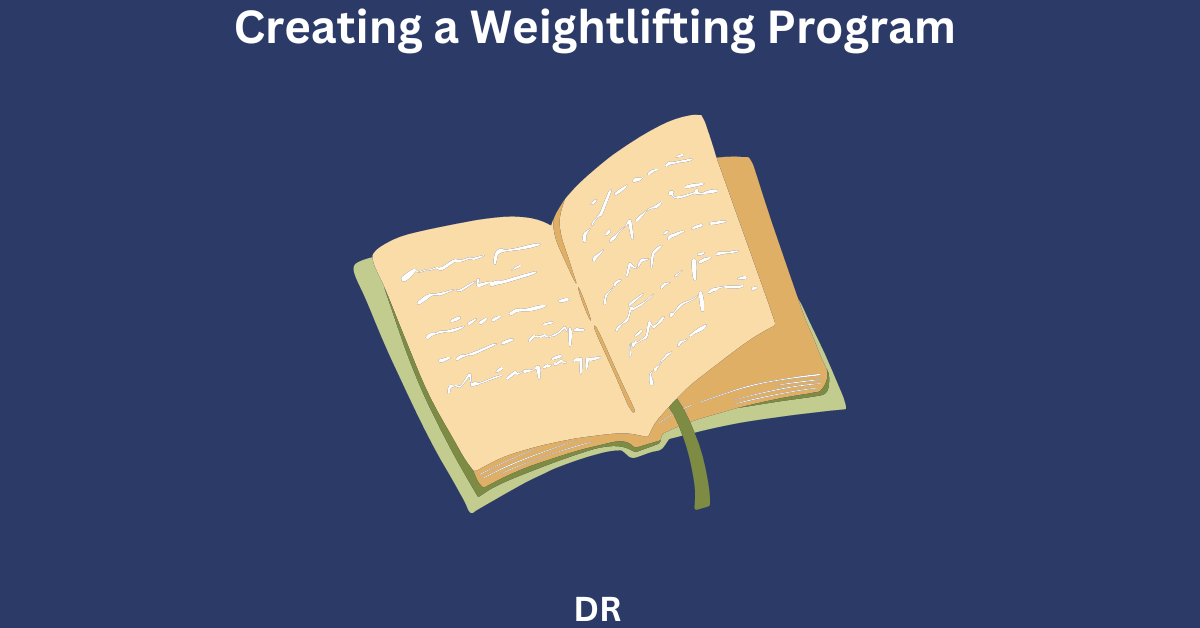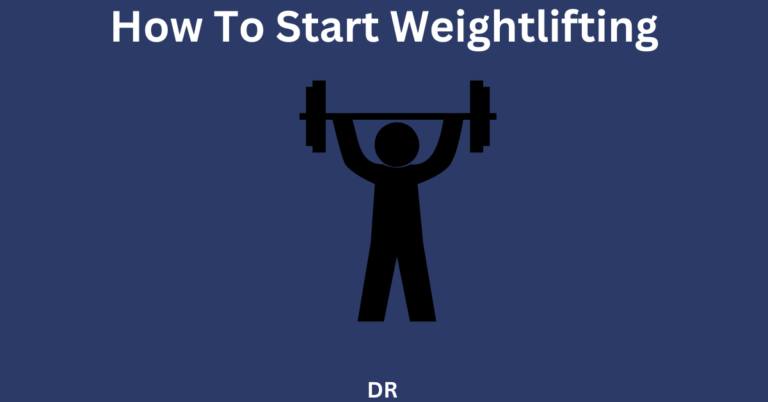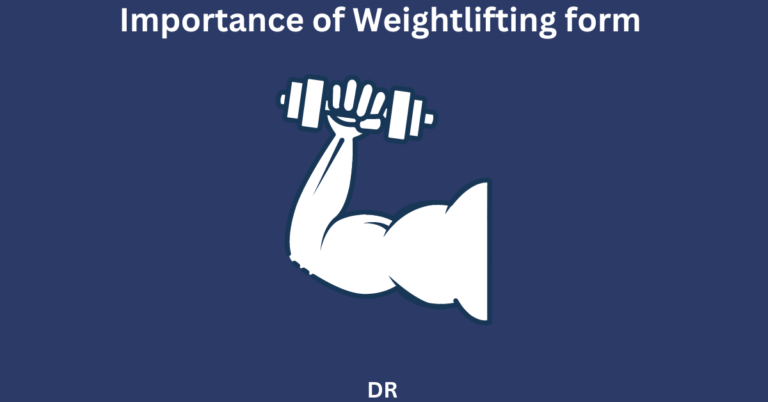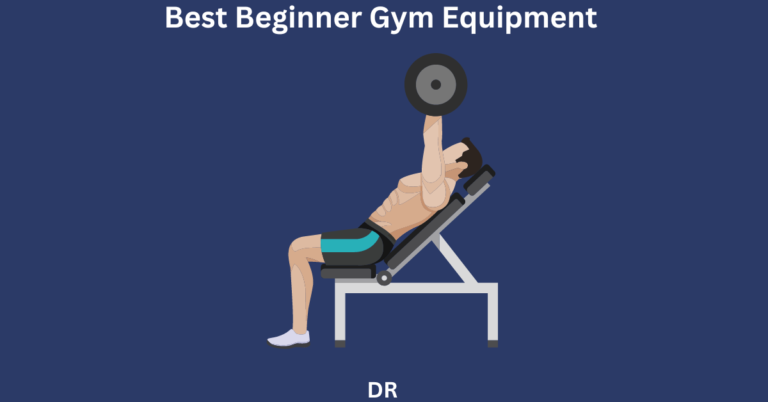How To create a weightlifting program even if you are a beginner
Ever stood in the gym, feeling lost and overwhelmed by all the equipment? You’re not alone! Creating a weightlifting routine can seem daunting, but it doesn’t have to be. Did you know that a well-designed weightlifting program can increase your strength by up to 50% in just a few months? That’s right – with the right approach, you could be lifting like a pro in no time. In this guide, we’ll walk you through the process of crafting a weightlifting routine that’s perfect for your goals and fitness level. Get ready to pump some iron and transform your physique!
What is a weightlifting program
A weightlifting program is a structured routine of a group of exercises in which you want to complete on a given day. Weightlifting programs can also include a nutrition plan, however for this purpose of this article I will only touch on nutrition briefly and rather focus on the training aspect.
When I first started building a weightlifting plan I also felt overwhelmed, don’t panic, it’s natural to feel lost and not know what direction to take. However after this article you will have a better understanding of what to do.
Reasons you need to know how to build a weightlifting routine
Building the right weightlifting routine is vital when in comes to your strength training routine. This step can not be overlooked. Don’t overcomplicate it, we want to create a routine that is easy to follow and is enjoyable, whilst also allowing for the proper rest time for your muscles.
Here’s why you absolutely need to get this skill under your belt:
- You’ll save a ton of cash. Personal trainers are great, but they ain’t cheap.
- Your gains will skyrocket. A custom routine beats a generic one any day.
- You’ll avoid injuries. Seriously, I learned this the hard way.
- It’s a major confidence booster. Nothing beats that “I’ve got this” feeling.
- You can adjust on the fly. Life happens, and your routine should roll with it.
- It’s the key to long-term success. Cookie-cutter plans get old real quick.
- Its important to track progressive overload for your exercises
My method of making this weightlifting routine is the most effective as it is the most adaptable to your interests. Even though a certain exercise may be the most optimal for training a muscle, it doesn’t mean you have to do it if you don’t get enjoyment from it.
That’s why my main focus when building programs for my clients is to create a program they will enjoy so that they will stay consistent.
Step-by-Step Instructions to build a weightlifting program
There is a lot of content out there, and many flashy exercise routines and recovery tips that circulate on apps like TiK Tok and Instagram. However, where you are going to see real results is following a more basic gym routine that incorporates basic resistance exercises.
This content is over complicating something as simple as a gym routine. Don;t worry I am going to cut the fluff, and get you to your fitness goals more efficiently. These are the steps we are going to take to make sure this program works for YOU !
- Assess Your Current Fitness Level and Goals
- Choose the Right Exercises for Your Routine
- Structure Your Workout Split
- Determine Sets, Reps, and Rest Periods
- Incorporate Proper Warm-up and Cool-down
- Track Your Progress and Make Adjustments
- Nutrition and Recovery for Optimal Results
So let’s get into this detailed explanation of how to build this dream program and get your fitness journal going. Keep in mind, this is a very adaptable process and if you follow my tips you will have a program which all your friends and family will desire.
1) Assess Your Current Fitness Level and Goals
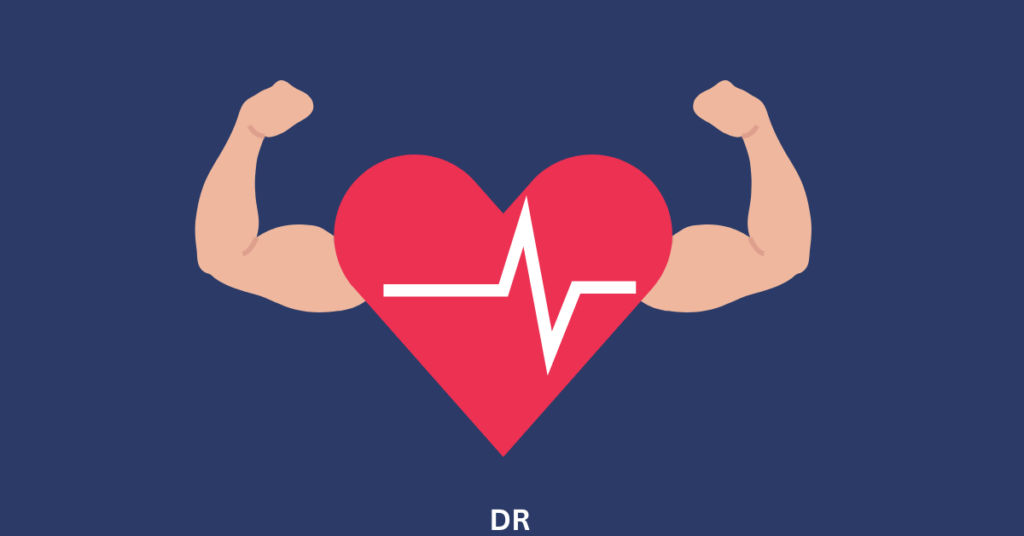
This is a very important step and is often overlooked. I have seen many personal trainers making beginners programs involving complex weightlifting techniques like droplets. This is absolutely incorrect as the main goal should be progressive overload, don’t over complicate it.
These are the fitness levels categories that you can fall under:
- Beginner: This is where it all begins, if you fall into this category, your main focus should be on the basics. Focus on form and perfecting it. Don’t worry about the weight lifted, focus on only a few exercises. The most important mindset here, is to develop discipline, consistency is key.
- Intermediate: This is where you have been consistently weightlifting for 1-2 years. This is where weightlifting is a common part of your week. You may be struggling to build muscle and strength, and this is where I would recommend changing your stratergy to incorporate new workouts and techniques like dropsets.
- Advanced: You are now admired by people in the gym for your knowledge and look in the gym at this point. Congratulations, however, now it is more difficult to see progress and improvements in your physique, it can however still be done.
The next thing to keep in mind is your actually goals, what do you want to get out of the program. Is it for a sport ? Then I recommend focusing on compound movements over isolation movements as this will have a better functional strength carry over to your sport.
If it is aesthetics you are aiming for. Isolation exercises are key. This will allow for muscle failure a lot easier as it takes out the inclusion of core stabiliser muscles that are needed in compound movements.
If you have any muscular issues, I would recommend visiting a physio or exercise scientist, so they can help with the program =creation that suites your specific muscle problems.
2) Choose the Right Exercises for Your Routine
What is a compound exercise ? It is an exercise that uses several muscle groups collaboratively to perform a movement. An example of this is the bench press. This is the key exercises for beginners and athletes. However, many people overlook isolation exercises, which are movements that targets a single muscle group and involves the movement of a single joint.
Make sure to have exercises that target main muscle groups, my recommendations are the bench press, some variation of the squat, I love the Bulgarian split squat, and a major back builder, such as a pull up or a lat pulldown.
Remember mix it up ! Variation really can help, What I would recommend for example, is to use the bench press as your main pressing movement, but then have chest cable flies as a secondary movement. In this way it gives a different type of stimulus and can reduce the programs likelihood to become stale.
3) Structure Your Workout Split
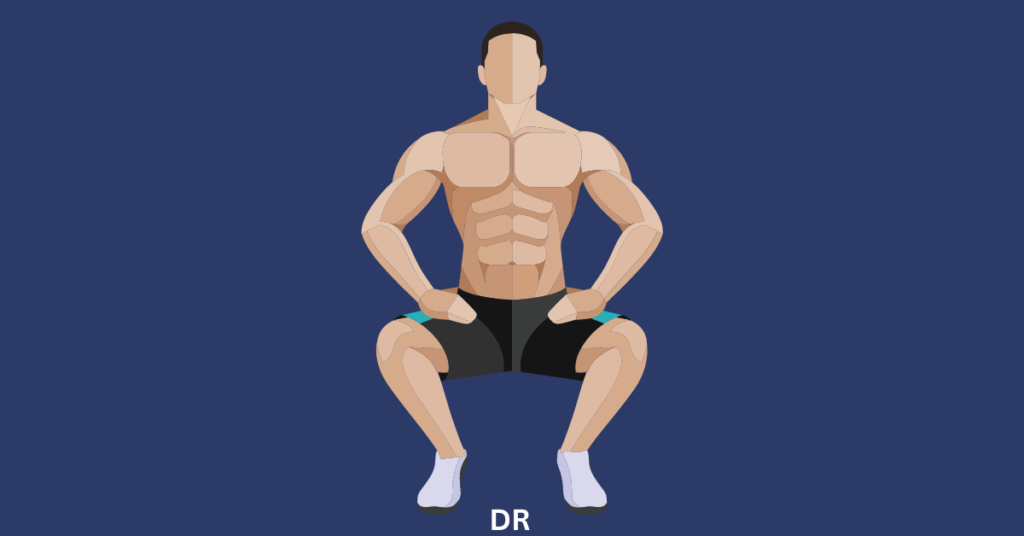
Full body vs split training is the real question. Full body training is as the name suggests, training your entire body in a single session. Whilst Split training is focusing on specific muscles for each day of training. Research says that each muscle group should be trained twice per week.
If you are only able to workout twice per week, I recommend that you train full body, as you will optimally train your body, as to avoid any muscle imbalances. However, if you are able to gym, lets say any and everyday, I recommend the very popular push, pull, legs routine.
Another major consideration is to not favour certain muscle groups over others, yes this means train legs dont make the same mistake I did, this will prevent muscular imbalances.
4) Determine Sets, Reps, and Rest Periods
Volume is often very focused on in the fitness industry, however, I would say man people over do it if you are training more than 9-22 sets per muscle group per week, you are doing something called junk volume, which is unnecessary extra volume.
When it comes to rest, I would aim for 2-3 minutes between sets, this works the best for me. Keep in mind the best rest period for you, is when you feel ready for the next set, dont start the set if you dint feel rested as it will be less effective for hypertrophy.
Tracking progress is so important, it is vital for progressive overload, which is the constant increase in weight are or reps, as strength and muscle size increases.
5) Incorporate Proper Warm-up and Cool-down
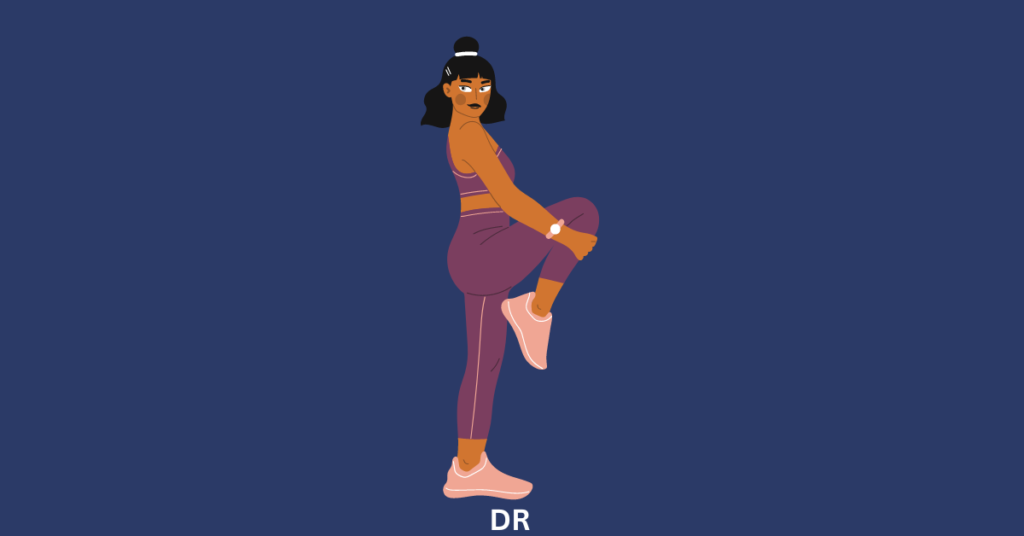
Please learn from someone who learned this the hard way. I injured myself on the deadlift as I did not warm up efficiently. So how do you warm up for weightlifting. Well… it’s a bit different to sport warm up. The best way to warm up is to do the exercise you are doing but at a very low weight, and slowly increase the weight.
An inclusion of mobility exercises such as arm circles can be very effective when warm up for the bench press and other push exercises. Warming up your joints with these exercises can help prevent a joint injury whilst lifting.
Stretch after your workouts ! This is actually how you improve flexibility as it lengthens your muscles, and it is very important to recovering from your intense workout so you can be fresh for your next workout. I also love the sauna, as it really helps the recovery process.
6) Track Your Progress and Make Adjustments
A workout log is vital in tracking your progress, periodization is very important to achieve muscle hypertrophy. With a workout log you can see a tangle improvement from the last session or regression, which can be used to pivot your strategy in your program.
Continuous reassessment of performance can help, if you know your strategy isn’t working you can make a change. If you can not track what is going on. You will not truly know if you are making improvements or not.
7) Nutrition and Recovery for Optimal Results
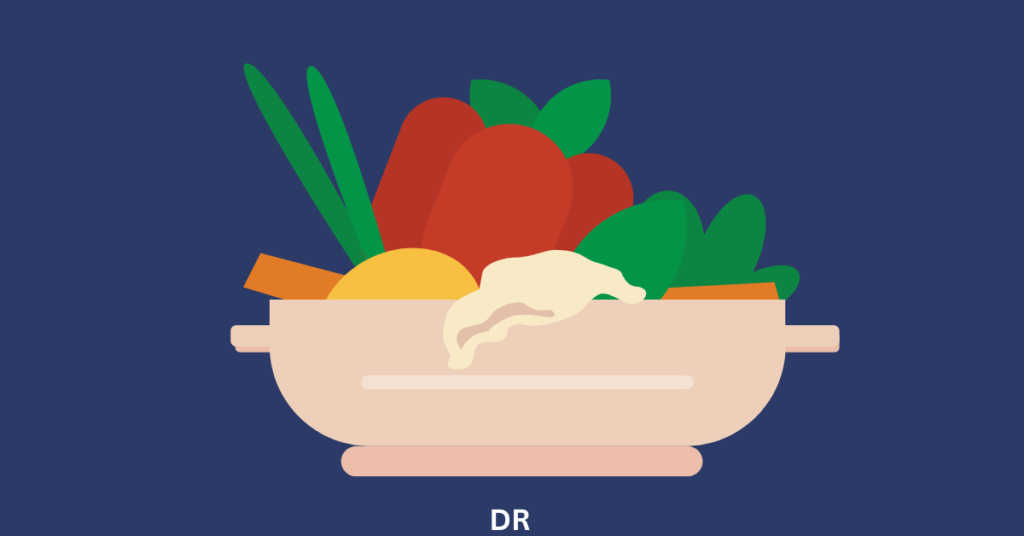
Nutrition will play a pivotal role in your energy going into the gym, a great way to improve your performance you can do today, is to have a fast digesting carbohydrate before training, like a banana with honey. Caffeine may also be a great addition before training, just don’t over do it.
Protein, protein protein! It is the key to muscle group, it is how muscle is grown or strengthens. Aim for 1.4 to 2.2 grams per kg of body weight, or 0.5 to 0.8 grams per pound of body weight. The best food for this is:
- Chicken
- Beef
- Protein powder (Optional)
Sleep is truly key though, aim for 7-9 hours a night, as this is where real recovery of your muscles takes place.
Key Considerations For Successfully building a weightlifting program
Keep in mind when incorporating these tips, you must always remember that time is needed for results, muscle building is a long process. Keep in mind necessary gym safety, because injury is the worst possible thing for your progress, keeping you out of training.
weightlifting accessories can help improve your weightlifting program, incorporating items such as lifting belts, wrist wraps and weightlifting shoes can help prevent injuries and allow for a quicker progression in your workouts.
Alternatives to building a weightlifting program yourself
You can get the guidance of a personal trainer, or you can get me to build you one. I personally would invite you you use this free workout that I am going to give you. You will need to download the strong app, which is a great workout log app. It is free to download.
Wrapping up
I hope this article helps you create an effective weightlifting program. I really struggled when building by first program as there is an overload of information out there and I felt overwhelmed. My first weightlifting program was not so great, it was unbalanced and not effective.
I went through a lot of trial and error to create and efficient program of which I have followed for 2 years now. I really do feel like the clarity I have given, will allow you to be a step ahead and have a time efficient way of reaching your fitness goals !

